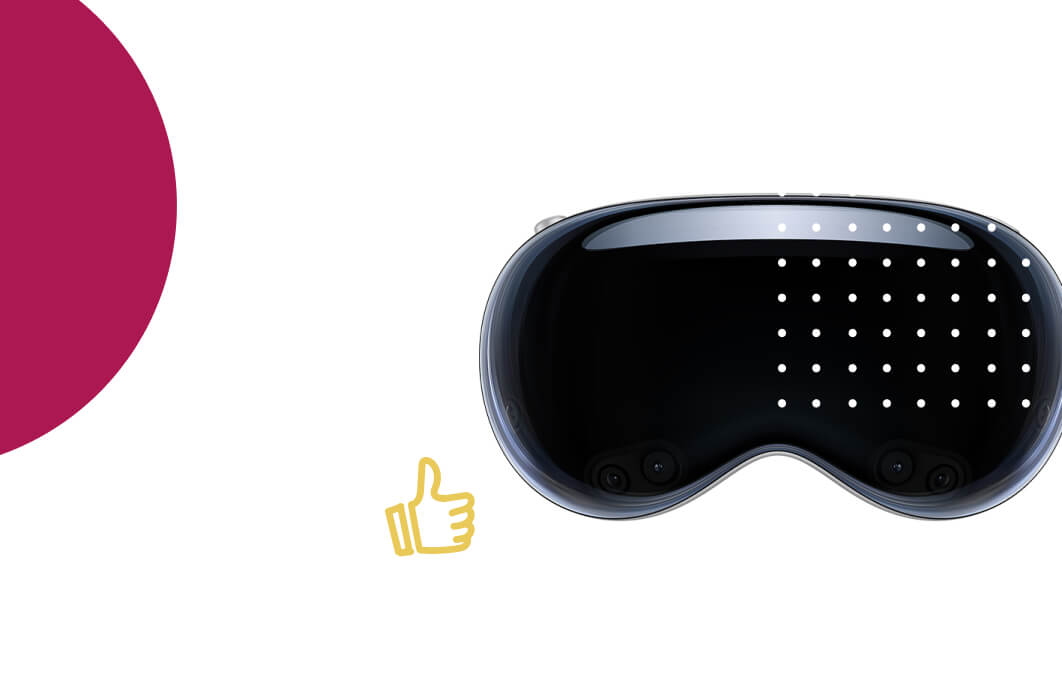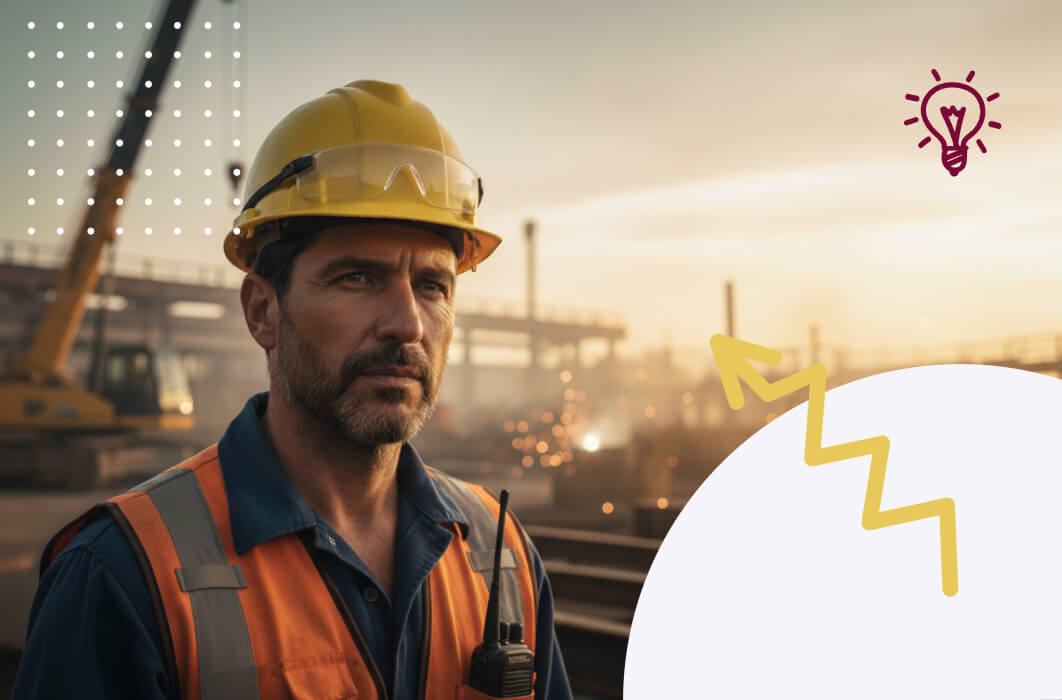Just as mobile devices revolutionised the business world in the past, a new wave of innovation is on the horizon, promising even greater transformations. This time, it’s not limited to smartphones and tablets; we’re talking about groundbreaking devices like Apple’s Vision Pro that is set to redefine our work experiences. As these high-tech gadgets become poised to be essential tools in our professional lives, we can expect significant changes not only in how we work but also in how we manage our technological ecosystem. With the advent of advanced spatial computing devices, we are entering a new era of work that brings both excitement and potential challenges.
Did you think using old systems to handle new remote work needs was like kicking a whale down the beach? Buckle up, my friends. The complexity could be about to notch up a level, and it’s going to need a sharp HR management tool to keep everything running smoothly. But let’s take a deeper look at how prepped we have to be, is the Apple Vision Pro a “workstyle revolution” or another gimmick that’s decades off from becoming main place?
The Apple Vision
The Apple Vision is undeniably cool. The amount of tech that is packed in it is crazy. There’s really no other way to put it. This tech marvel has turned heads and sparked debate. While we could easily get lost in its groundbreaking features, let’s keep our feet firmly on HR ground and take a balanced look at how this new tech will force us to evolve.
The Evolution of Work Tools
Reflecting on the introduction of mobile devices, it’s undeniable that they brought about a paradigm shift in the business landscape. Now, we stand on the cusp of another major transformation with devices like Apple’s Vision. These cutting-edge gadgets are poised to reshape the way we approach work, unlocking new possibilities and capabilities that were once confined to science fiction.
Navigating the Technological Landscape
The integration of spatial computing devices into our work toolkits presents both opportunities and complexities. Similar to the challenges encountered when mobile devices became ubiquitous, we can anticipate a learning curve as we adapt to these new technologies. Managing and leveraging these devices effectively will require a proactive approach and a willingness to embrace change.
Spatial Computing Devices and the Work Environment
With advanced spatial computing devices like Apple’s Vision, we are venturing into uncharted territory. These devices have the potential to provide immersive experiences, blurring the lines between the physical and virtual worlds. However, along with their benefits, there may also be considerations such as recurring subscription costs. As we explore this exciting new frontier, it’s important to navigate the landscape thoughtfully and understand the implications these devices may have on our work environments.
Adapting and Thriving
Just as we adapted to the challenges and opportunities presented by mobile devices, we must now prepare ourselves for the next wave of innovation. Embracing spatial computing devices means staying informed, building new skill sets, and fostering a mindset of agility and adaptability. By embracing these changes and understanding the potential intricacies, we can position ourselves and our organisations to thrive in this rapidly evolving technological landscape.
As spatial computing devices, led by Apple’s Vision, make their way into our work lives, we must be ready for the transformative impact they bring. While there may be complexities to navigate, the possibilities they offer are immense. By embracing these advancements and staying proactive in managing our technological ecosystem, we can harness the full potential of spatial computing and create a future where work becomes more immersive, innovative, and efficient. The next technological wave is here, and it’s up to us to seize the opportunities it presents and shape the way we work for years to come.



